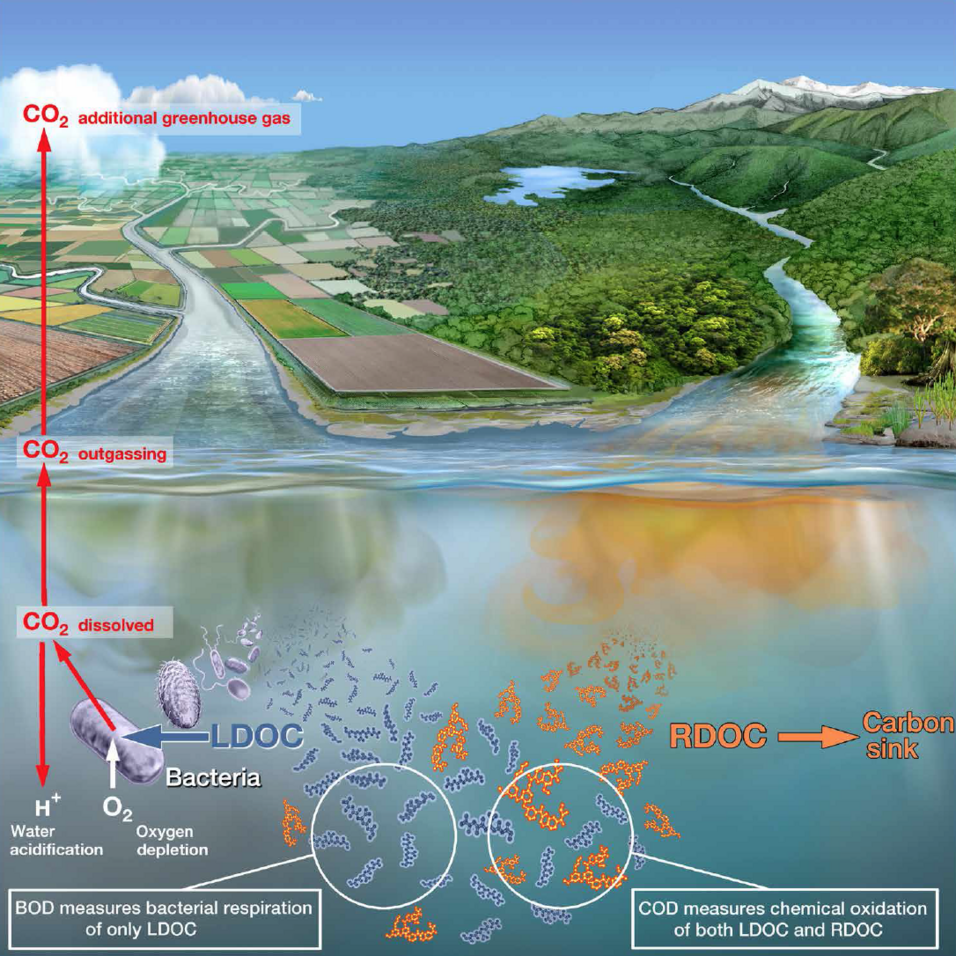Microbial degradation of dissolved organic carbon (DOC) in aquatic environments can cause oxygen depletion, water acidification, and CO2 emissions. These problems are caused by labile DOC (LDOC) and not refractory DOC (RDOC) that resists degradation and is thus a carbon sink. For nearly a century, chemical oxygen demand (COD) has been widely used for assessment of organic pollution in aquatic systems. Here, we show through a multicountry survey and experimental studies that COD is not an appropriate proxy of microbial degradability of organic matter because it oxidizes both LDOC and RDOC, and the latter contributes up to 90% of DOC in high-latitude forested areas. Hence, COD measurements do not provide appropriate scientific information on organic pollution in natural waters and can mislead environmental policies. We propose the replacement of the COD method with an optode-based biological oxygen demand method to accurately and efficiently assess organic pollution in natural aquatic environments.
Further reading:

